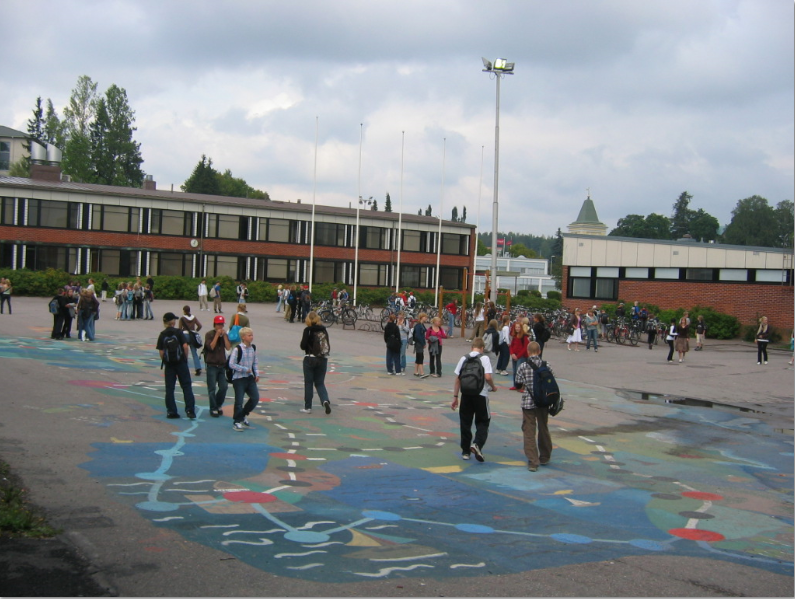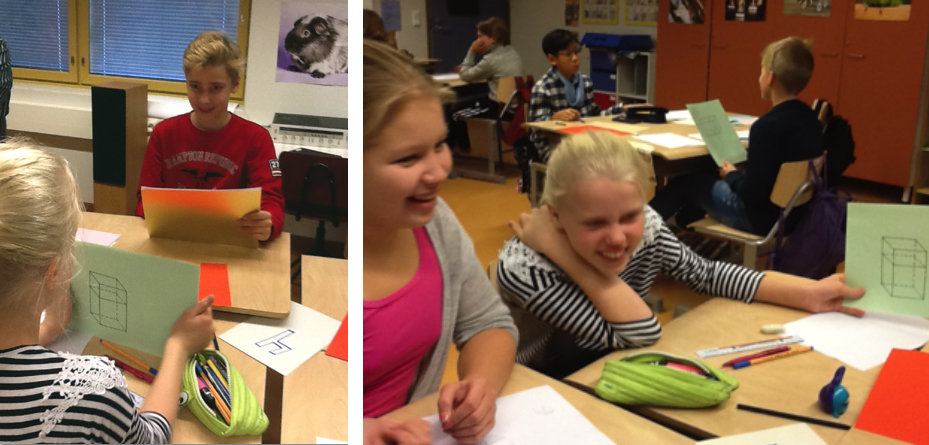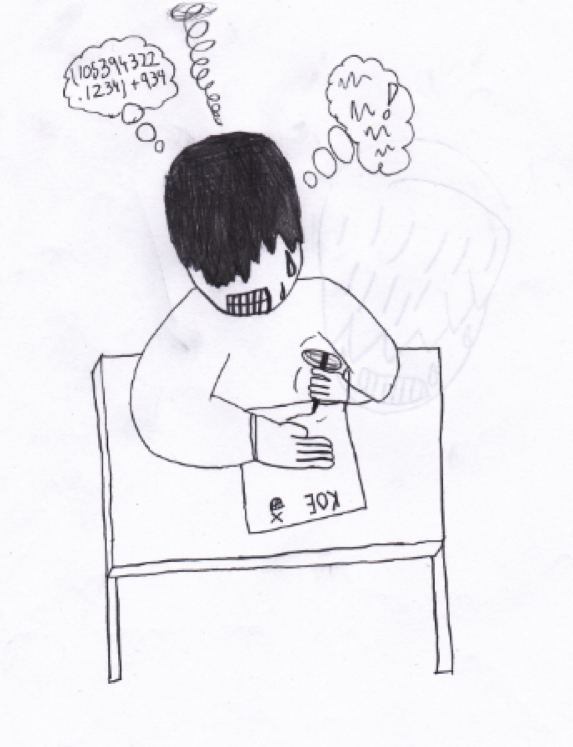How Do We Do a Better Job of Cultivating Young Readers?
I was honored to be named in Top Global Teacher Bloggers / CMRubinWorld.com / Global Search for Education http://www.cmrubinworld.com/TGTB. The bloggers on this list have been asked to contribute to Huffington Post’s Education blogs for 2016. This month we look to answer the following highly controversial question “How do we do a better job of cultivating young readers? “
– here is my response:
Reading could be modern
”The limits of my language mean the limits of my world” noted philosopher Ludwig Wittgenstein in the early 1900s. When there are no words, there is no understanding. Through language we control our lives. A man without words does not solve math problems, explicate his existence, let alone feelings.
People learn new words by reading. Finnish Broadcasting Company YLE’s news article (3rd of March, 2016) revealed astonishing figures: teens who read books knew up to 70,000 words and teens who didn’t read knew 15,000 words. The article tells the literacy and interest of reading of Finnish children and young people. The message is grim; At the age of junior high school, girls’ reading skills are clearly above the boys’ skills. The PISA study confirms this. Up to one fifth of the fifteen year-old boys are weak readers.
But then the tricky question. How to make young people read? First they need at least one good reading experience, or if they don’t yet have it, they need good tips for good books.
Pia can even make the boys to read
In Finland the libraries support strongly the teaching of literature. Jaana Lindfors, the teacher of mother language and literature, says that Pia Rahikainen is the pearl of Kirkkonummi library. Rahikainen brings the books so alive that the students get an compulsive urge to read them. Giving tips or as we say book talk, can tell a teacher a lot about her students.

Photo: Maarit Rossi
The story in the book can be tough but it’s always fiction. Fiction can be a foundation for conversations of painful subjects because it puts you aside of the reality. By talking about Harry Potter you can talk about yourself. A good book talker – tipper – also finds out her listeners’ backgrounds. If somebody is afraid the strategy is different than the one among the “heavy” readers. The main goal is to get a good reading experience whether it’s the first or the hundredth time. Lindfors remembers one boy who after a good tip grabbed his lap full of books Pia had recommended. His mother wondered how it was possible to get an athletic boy to read so much.
The reading idols – come out!
When using the idols those who have succeeded in sports or in music are traditionally in the front row. They don’t need spokesmen. The literature needs. The need is acute because there are surveys that one fifth of 9th graders boys can’t fill their job application. Mikko Toiviainen, working in the book- and music branch, is worried because the lack of words in the boys’ world means that their world is quite narrow. His campaign #evenboysread is seeking for reading, street-credibility role

Photo: Jaana Lindfors
models. Toiviainen knows that reading affects straight to your ability to think, to your capacity for empathy and to your development in social skills. The campaign has reached many Finnish celebrities. The main target is that reading would become as sexy as mending the mopeds.
Thanks to Jaana Lindfors and Pia Rahikainen that I was invited to follow the 7th graders book talk. It’s great that the school and the library together seek means to keep the Finnish literacy on the top of the world.















